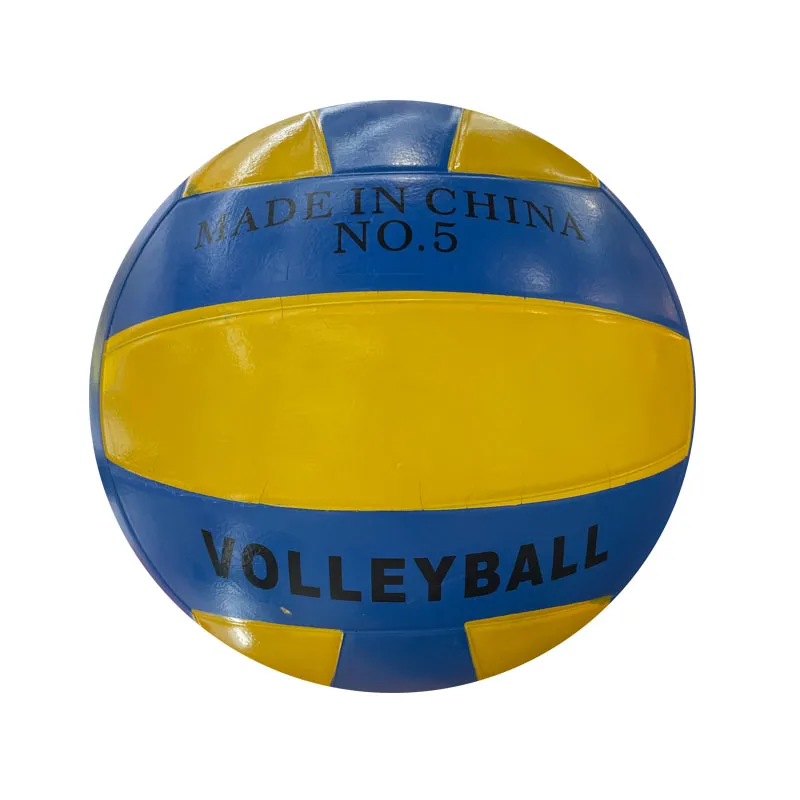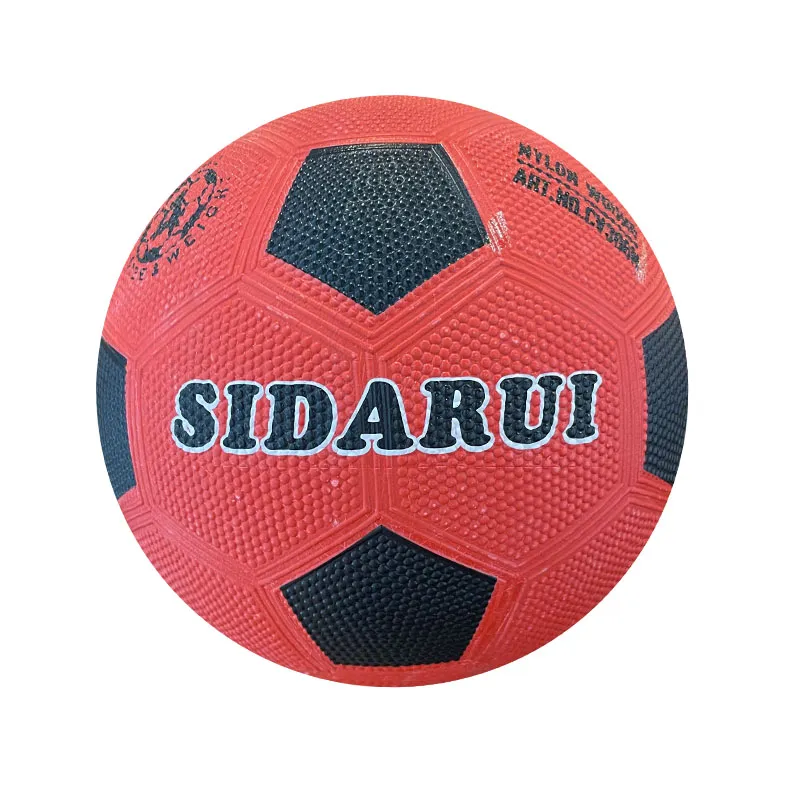Volleyball continues to captivate athletes and sports enthusiasts around the world, thrilling with its dynamic play and the subtle intricacies of its court design. When delving into the dimensions of a volleyball court, it becomes evident that precision and adherence to regulations not only enhance gameplay but also reflect the sport's rich history and technical evolution.

First and foremost, the standard volleyball court is a rectangle measuring 18 meters (59 feet) long and 9 meters (29.5 feet) wide,
symmetrically divided by a net. This setup may appear straightforward, but it is rooted in maximizing player movement, strategy execution, and spectator engagement. The playing area is designed to offer enough space for strategic serves, defensive maneuvers, and epic rallies that define volleyball.
The net height, crucial for gameplay dynamics, is set at 2.43 meters (approximately 7 feet, 11 ⅝ inches) for men and 2.24 meters (about 7 feet, 4 ⅛ inches) for women, establishing a standard that challenges players to optimize their vertical leap and timing. This precise height has been chosen after extensive analysis of average player reachability and athletic capabilities, ensuring that the game remains competitive and challenging.

Volleyball is often played both indoors and outdoors, necessitating variations in court material and dimensions. While indoor courts usually adhere strictly to the outlined dimensions, outdoor courts, such as those used in beach volleyball, bear slight alterations. Beach volleyball courts measure 16 by 8 meters, a slightly smaller space that accommodates the nuances of playing on sand, which restricts quick lateral movement compared to an indoor court.
Additionally, the attack line is an integral part of the indoor volleyball court, situated 3 meters (9 feet, 10 inches) from the net on each side. This line delineates the front zone, where teams conduct most of their offensive action. It adds a strategic layer, forcing teams to balance their front and back-row tactics, ultimately influencing the rhythm and flow of the game.
volleyball dimension
Safety zones surrounding the court are another critical element to consider. These buffer zones, recommended to be at least 3 meters on all sides, not only safeguard players against potential injuries during high-speed play but also provide space for officials and media. Such careful planning underscores the commitment to maintaining high safety standards without compromising the integrity of the player experience or spectator enjoyment.
On a professional level, maintaining compliance with these dimensions is paramount for volleyball equipment manufacturers, court builders, and event organizers. The sport's governing bodies, such as the International Volleyball Federation (FIVB), enforce these specifications, ensuring global consistency and fairness in international competition. This standardized approach encourages uniformity that athletes and coaches worldwide can rely upon to hone their skills and develop strategies.
Investments in materials and technology have further refined the construction and maintenance of volleyball courts. Advanced flooring solutions for indoor courts, such as engineered wood, provide the perfect balance of shock absorption and traction, crucial for player performance and injury prevention. Similarly, innovations in sand composition for beach volleyball ensure a more consistent and safer playing surface across competitive arenas.
In conclusion, understanding and appreciating volleyball dimensions enhances not only the technical aspects of playing and spectating but also fortifies the sport's commitment to precision, safety, and universal standards. Therefore, anyone involved in the sport, from athletes to manufacturers, benefits from recognizing these dimensions as fundamental building blocks of volleyball excellence.













